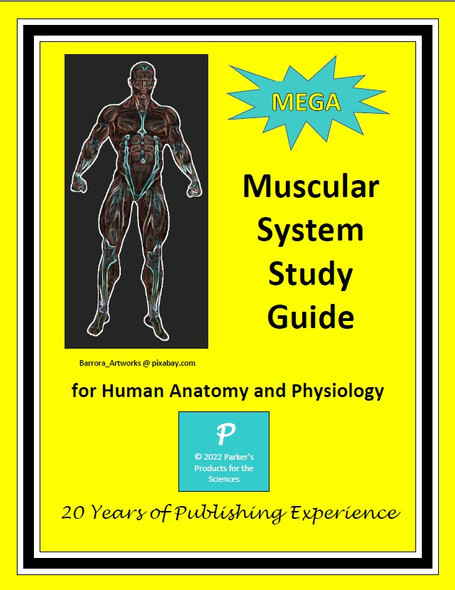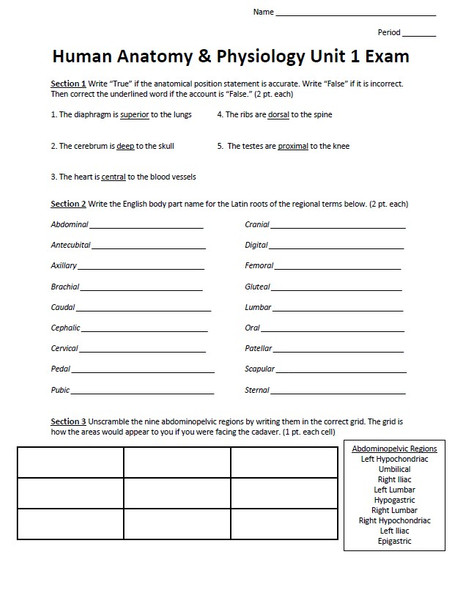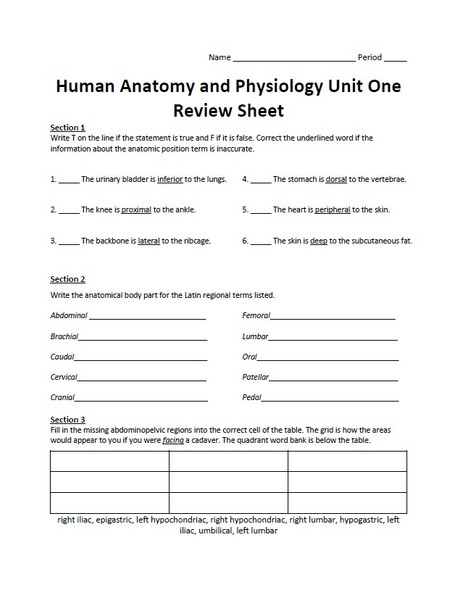Description
Some students wear their heart on their sleeve while others in Human Anatomy and Physiology profile it on a study guide in preparation for a chapter test! This multi-day six-page packet is the ultimate comprehensive study guide about heart morphology, physiology, and conditions. Students will perform the following tasks:
- Label the heart chambers, valves, septum and connecting blood vessels on a diagram
- Number the structures in the correct order of blood flow through the heart (Two practice opportunities)
- Convert a dozen heart-themed Latin root words to English
- Write out nine heart condition descriptions
- Sketch and label the cross-section of a heart wall
- Sequence the cardiac impulse pathway
- Complete three heart function term tables
- Sketch and label a normal electrocardiogram for one cardiac cycle
This study guide comes with a six-page key with the answers in bold red font.
This activity will prepare students for my published Heart Unit Exam
The PDF file will become editable upon conversion to Microsoft Word using an Adobe Acrobat DC Reader app.
This lesson features the following terms – right and left atria, right and left ventricles, septum, vena cava, ascending aorta, pulmonary arteries and veins, coronary arteries and veins, pulmonic valve, aortic valve, tricuspid valve, mitral (bicuspid) valve, sinoatrial (SA) node, atrial conducting fibers, atrioventricular (AV) node, Bundle of His, bundle branches (R & L), Purkinje fibers, endocardium, myocardium, epicardium, pericardium, cardiac cycle, systole, diastole, cardiac output, heart rate, pulse, stroke volume, Starling’s law, positive inotropic effect, cardiac reserve, cardiac conduction system, automaticity, rhythmicity, pacemaker, electrocardiogram, P-wave, QRS complex, T-wave, P-R interval, angina pectoris, dysrhythmia/arrhythmia, congenital heart defect, endocarditis, myocarditis, pericarditis, myocardial infarction, bradycardia, and tachycardia among others.
I appreciate your interest. I have taught high school science over twenty-five years, and I have over twenty years of publishing experience. I am confident this resource will serve you and your students well!































